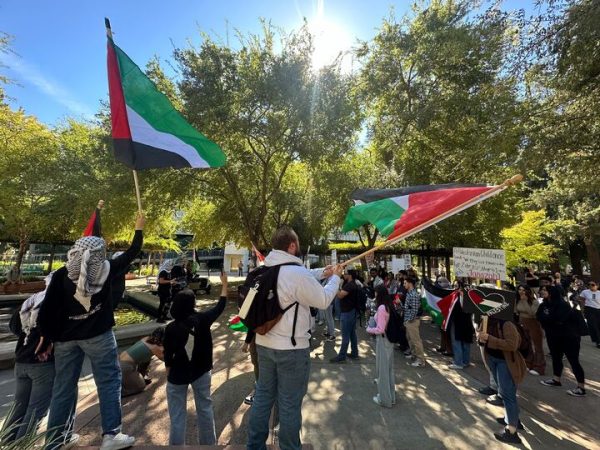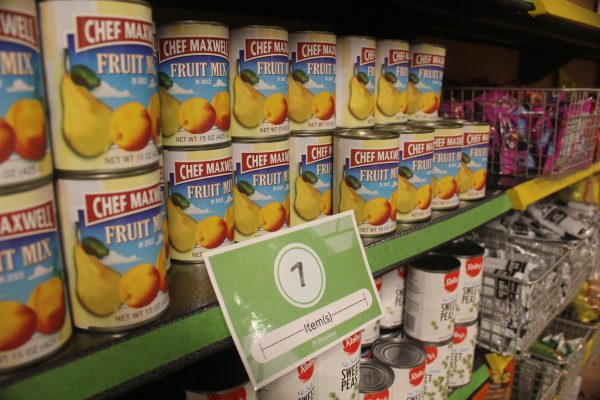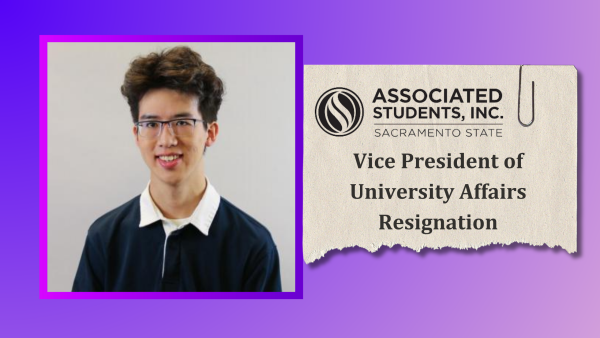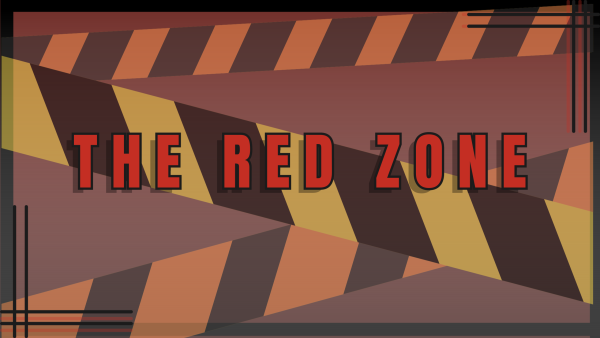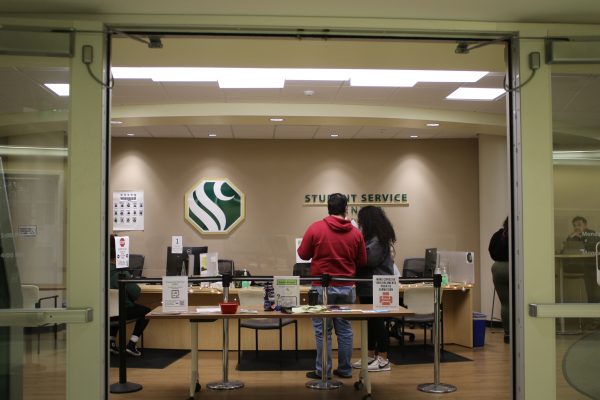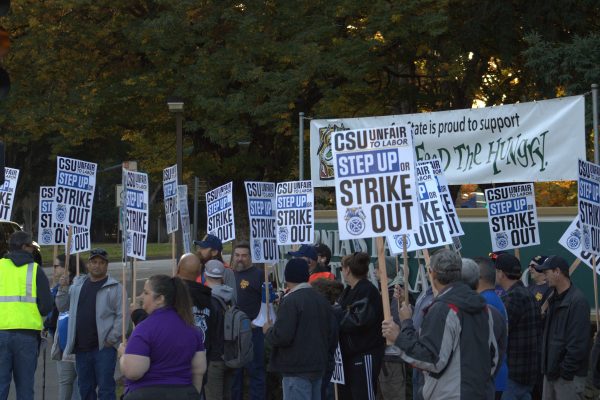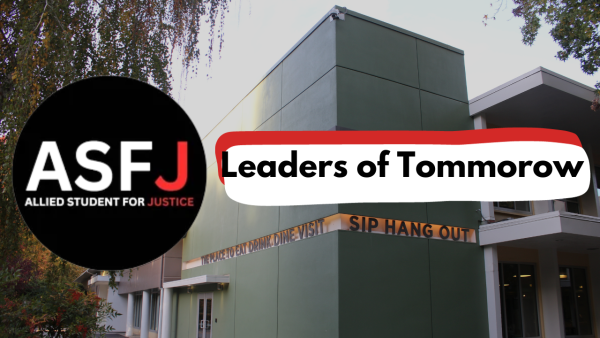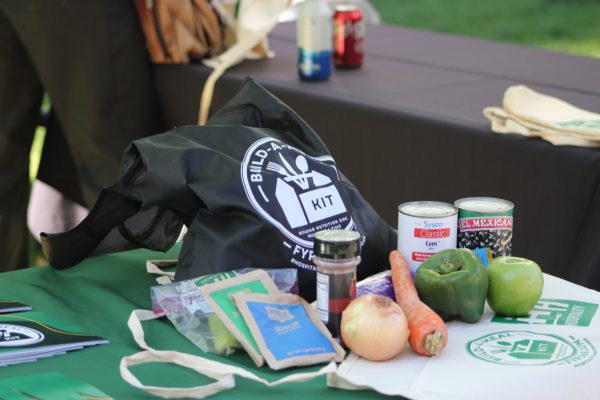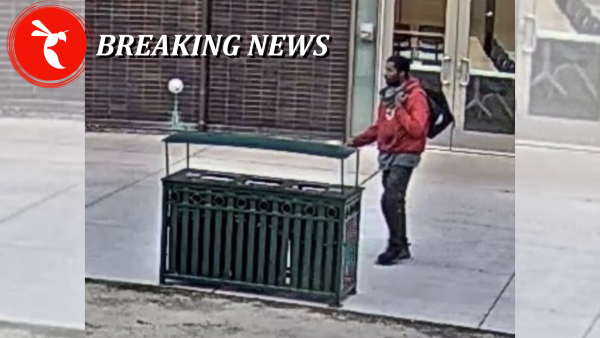Sac State professor and colleagues re-imagine cryptography
February 29, 2012
A Sacramento State University professor and two of his colleagues are channeling their love for cryptography, through their project titled “Re-imagining Cryptography.”
Professor Ted Krovetz of Sac State, Professor Mihir Bellare of University of San Diego and Professor Phillip Rogaway of UC Davis, submitted their proposal to the National Science Foundation in August 2009. They were awarded an $850,000 grant, which covers four years of dedicated research for the project.
“The whole idea behind our grant was that cryptography and cryptographers have been doing everything the same for forever,” Krovetz said. “We saw a few areas where we believe that cryptographers should look at in a different way. We want to convince them that there is a better way. That’s the re-imagining part, it’s a way to say ‘Hey, let’s do it over.’”
Cryptography is the science of enciphering or deciphering messages written in secret codes. It is meant for individuals to deliver a message in such a way that an outsider would not be able to understand.
“Cryptography has two main goals. One is message privacy and the other is message authentication,” Krovetz said.
For message privacy, cryptography scrambles the message and no one but the receiver can unscramble it. In terms of authentication, the sender can stamp the message to indicate the message has not been tampered with by an outside source.
“For the longest time, these two goals have been handled separately. We have to do two things to get two results,” Krovetz said. “We want to unify those two things so you can do them both at the same time. I have to create algorithms, which are steps that will provide these goals. It will be less error-prone and make the process faster.”
Krovetz, Rogaway and Bellare have collaborated in the past two years and have advanced and improved their research. Rogaway said the manner in which they began the project as a team was natural.
“Krovetz was my graduate student here at Davis and we have been able to maintain a good relationship,” Rogaway said. “It’s a delight to work with him.”
Rogaway was able to get Bellare on board as a fellow graduate student at Massachusetts Institute of Technology in the 1980s.
The trio meet a few times during the year despite their demanding schedules.
“That’s what we do as faculty members. All of us have three areas: teaching, research and service,” Rogaway said. “All of those areas are the three pillars of activity.”
During the school semester, it is difficult for the each of them to set aside a designated time devoted solely the project.
“At Sac State, I’m expected to teach a bunch of classes. There’s not really time during the semester to spend a lot of time on research,” Krovetz said. “Sometimes on a Friday afternoon I won’t have any classes and I’ll spend a few hours doing some urgent task for this. The bulk of the research happens during breaks, so it eventually works out.”
Although difficult, the balancing act of classes and the project presents itself as a beneficial experience.
“It has been a positive experience,” Bellare said. “I enjoy the challenge and making new discoveries.”
Even when the team ran into a dead end in the first year of its research, they did not let it damper their spirits.
“We went in one direction thinking that this was going to be a better method,” Krovetz said. “Right when we were done writing out our paper and were ready to submit the material, we realized that it was totally wrong.”
Krovetz said he does not regret the wrong turn the team took and considers it to be a positive outcome.
“We discovered some interesting things, but it wasn’t an overall improvement in terms of the speed we were looking for,” Krovetz said.
Since the small setback, they have covered a lot of ground, getting them closer to their ideal goal. They have developed an algorithm called the offset codebook, which Krovetz said he believes will be standardized and implemented into the cryptography community.
“Years back when Wi-Fi standards were worked out, there was a strong need for an encrypted scheme,” Rogaway said. “We want the operation to achieve widespread use.”
They continue to move on to the next step and are working to get as much done on the project as possible, with the grant money they were awarded.
“There’s no deadline. Research is a discovery process and you discover as much as you can,” Krovetz said. “Hopefully you’ve done good stuff so you can be proud of your work. I’m proud of what we’ve done.”
Krovetz’s students support him in his work and have no doubt the goal of simplifying processes of cryptography will be achieved.
“He does a good job of making complicated cryptography concepts accessible,” said Matthew Clarke-Lauer, a third-year graduate computer science student. “I approach his courses with a kind of excitement and energy that is needed when teaching complicated material.”
Krovetz, Rogaway and Bellare all have the passion to pursue the project and see it through. The challenge of uncovering false truths, unraveling difficult concepts and proving new theories is the ultimate rush.
“I love puzzles. I love math. I feel like I’m always working with mathematical puzzles when I’m working on cryptography,” Krovetz said. “What could be nicer?”
Maikalina Madali can be reached at [email protected].

































































































































